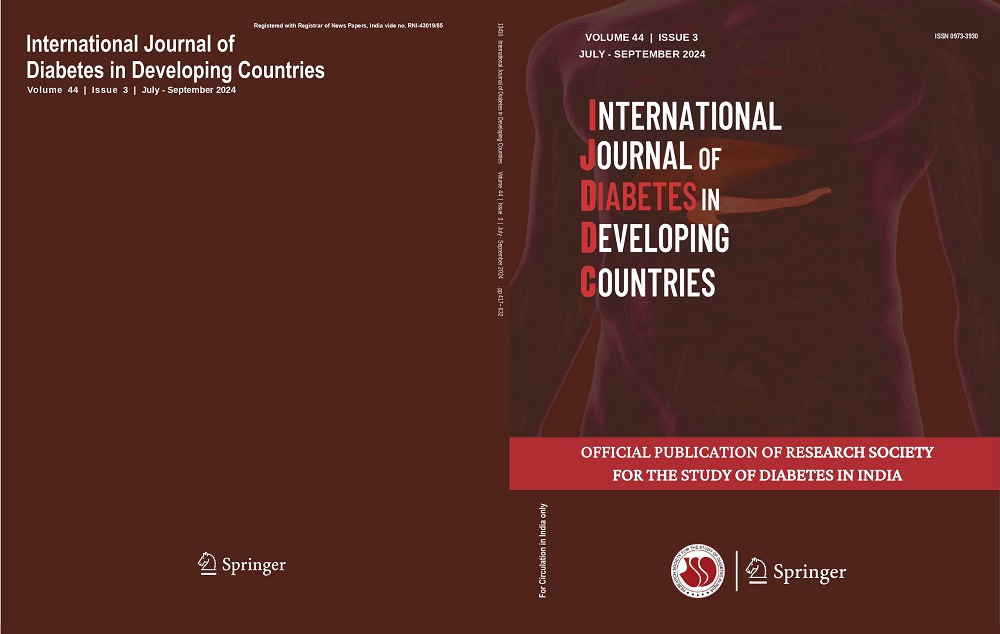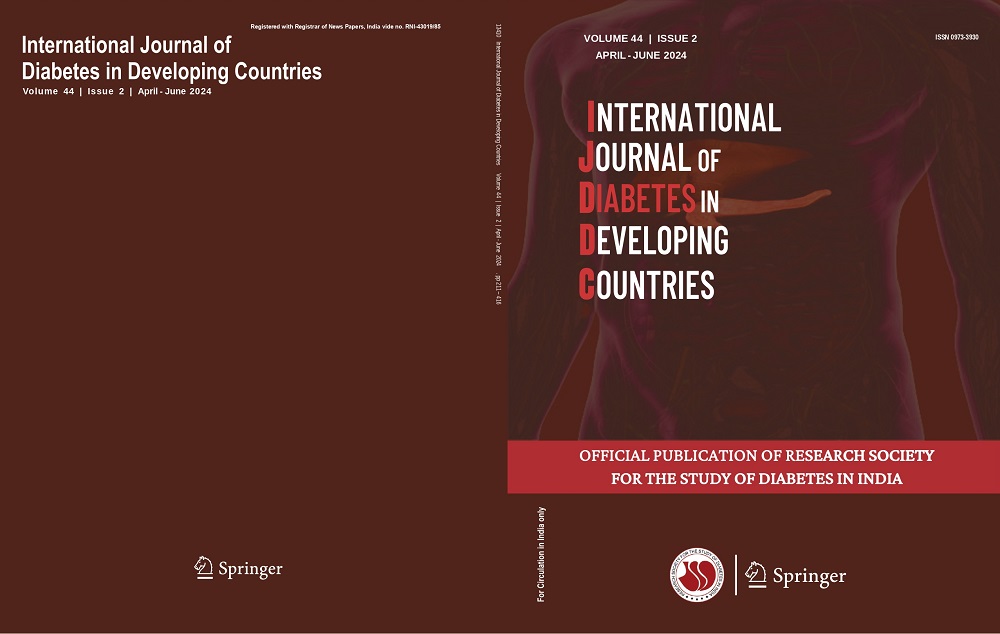Betül Sümbül Şekerci, Abdüsselam Şekerci, Özlem Gelişin3
Keywords
Type 2 diabetes mellitus • Alzheimers disease • Vitamin D • Neutrophil-lymphocyte ratio
Abstract
Aims Cognitive impairment is increasingly recognized as a common comorbidity of type 2 diabetes mellitus (T2DM), and the underlying mechanisms leading to it are unclear. According to clinical and epidemiological studies, the risk of Alzheimer’s disease (AD) increases in T2DM. The aim of this study was to evaluate peripheral blood biomarkers associated with the presence of probable AD in patients with T2DM.
Methods A total of 91 patients with the diagnosis of both AD and T2DM and 91 with diagnosis of T2DM without AD were included into this retrospective case-control study. The relationship between AD diagnosis and routine biochemistry, complete blood count, serum 25-hydroxyvitamin D (25[OH]D), neutrophillymphocyte ratio (NLR), and platelet-lymphocyte ratio (PLR) in patients with T2DM was investigated.
Results Low 25[OH]D and calcium levels increase the risk of AD diagnosis in patients with T2DM. Moreover, the increase in glucose levels in T2DM patients with AD is a risk factor for impaired cognition. No correlation was found between NLR and PLR values, which are considered to be chronic inflammation markers and AD risk in T2DM.
Conclusions Low serum 25(OH)D concentrations were significantly associated with an increased risk of AD in patients with DM. Vitamin D screening and supplementation in patients with T2DM may be beneficial in reducing the risk of AD. In addition, effective management of glycemia in patients with DM and AD has an important role in the preservation of cognitive functions.




